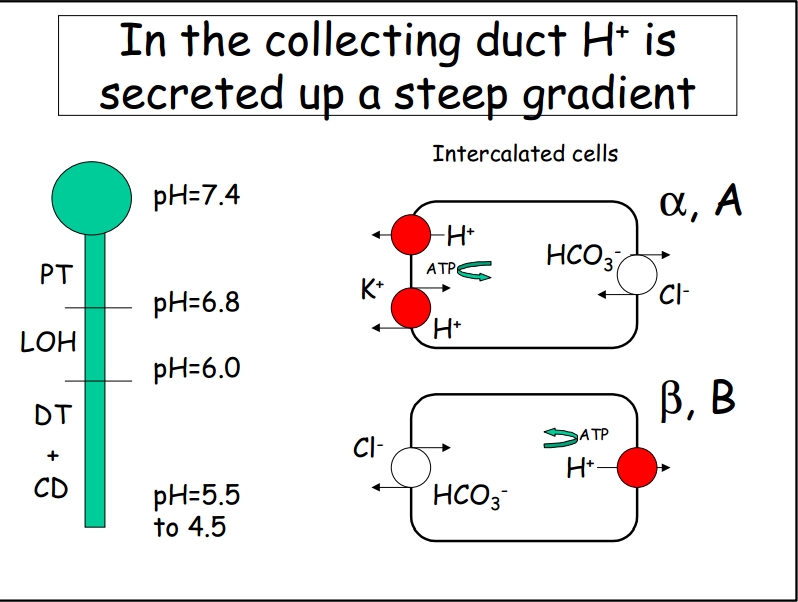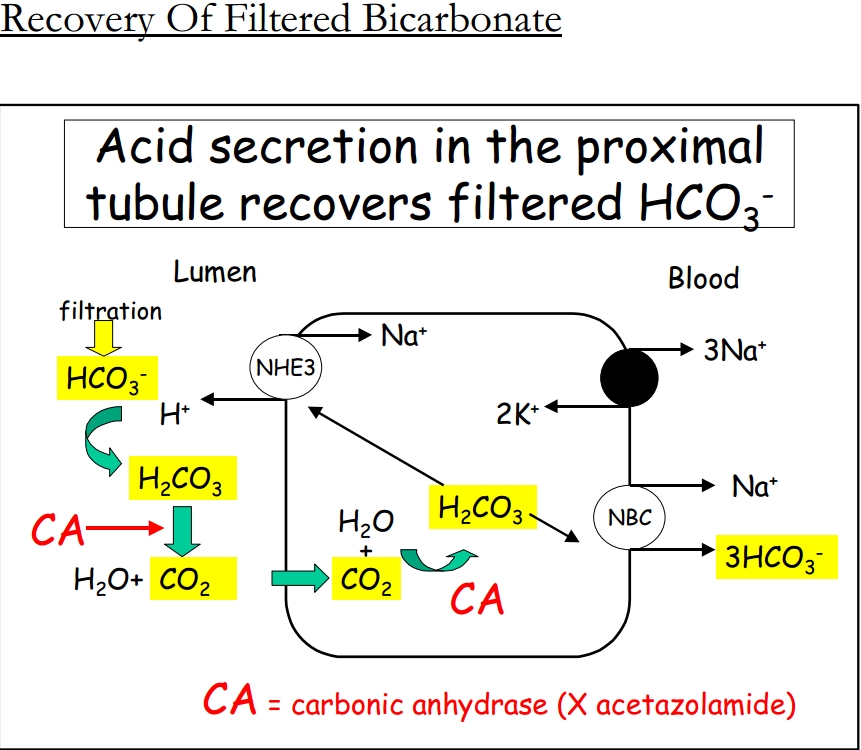- Joined
- Dec 1, 2011
- Messages
- 18,579
- Reaction score
- 57
Why is Type 2 (proximal) renal tubular acidosis associated with hypophosphatemic rickets? I know that acid will degrade bone, but I don't kow what hypophosphatemic has to do with it.
Also, why are type 1 and 2 renal tubular acidosis associated hypokalemia?
Also, why are type 1 and 2 renal tubular acidosis associated hypokalemia?



